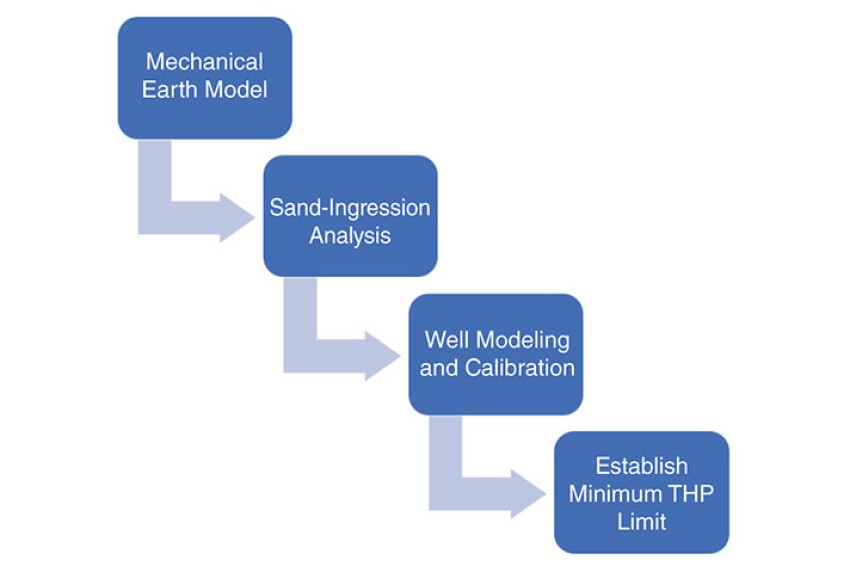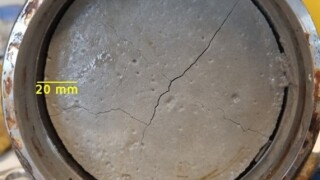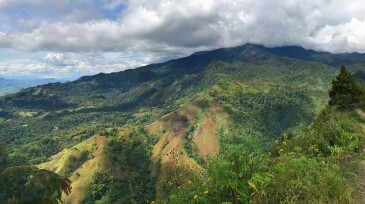Well integrity/control
This paper describes an automated workflow that helps mitigate sanding caused by excessive drawdown by determining the minimum tubinghead pressure.
Intelligent completions could improve many of the world’s oil and gas wells, but not all are suited to the technology. There is another option.
This paper presents the characterization and comparison of a metakaolin-based geopolymer as a candidate treatment for remedial operations in oil and gas wells versus conventional state-of-the-art materials.
-
The authors of this paper describe the development of a continuous monitoring solution throughout its deployment.
-
Moving into 2023, perhaps it will be safe to say that the era of the low-carbon energy mix has begun as the primary energy production landscape is changing fast. Until now, fossils fuels have dominated, and may still for the next few years dominate, the energy mix; however, a shift is taking place that will gain momentum, driven by global efforts toward addressing cli…
-
The authors of this paper describe a software technology that balances calculated well-integrity risk with the associated financial impact for an entire integrity-surveillance program.
-
The authors of this paper investigate the risk of containment loss for a leaking well using a 1-sq-mile section of the Denver-Julesburg Basin.
-
This study evaluates well integrity and CO2-leakage risk in wells penetrating a CO2 storage reservoir in Malaysia.
-
The authors of this paper develop a model that can predict well-risk level and provide a method to convert associated failure risk of each element in the well envelope into a tangible value.
-
HiberHilo will be used to monitor remote oil and gas wells in Papua New Guinea, providing real-time performance and safety data.
-
The paper presents a time-domain electromagnetic tool capable of quantifying four barriers individually and inspecting a fifth barrier qualitatively.
-
This paper describes an approach to estimate and remove guided-wave noise from array hydrophone data to improve accuracy of leak-source locations.
-
The paper describes a sensing system using distributed fiber optics that showed promising preliminary results for use in detection of riser gas in the form of kicks.


![JPT_2025-09_GuestEd1_SS_382853197[4].jpg](https://assets.spe.org/dims4/default/b4eb909/2147483647/strip/true/crop/850x478+0+44/resize/320x180!/quality/90/?url=http%3A%2F%2Fspe-brightspot.s3.us-east-2.amazonaws.com%2F8a%2F95%2Fe4e82cb54fd597d497a5b1267f8a%2Fjpt-2025-09-guested1-ss-3828531974.jpg)










